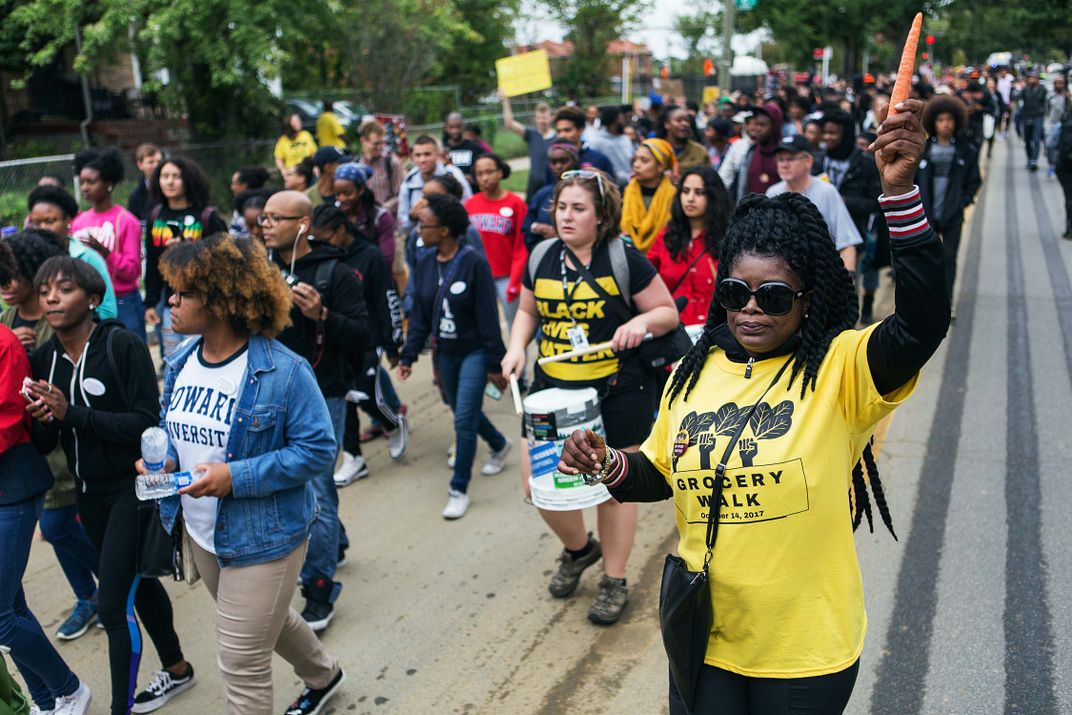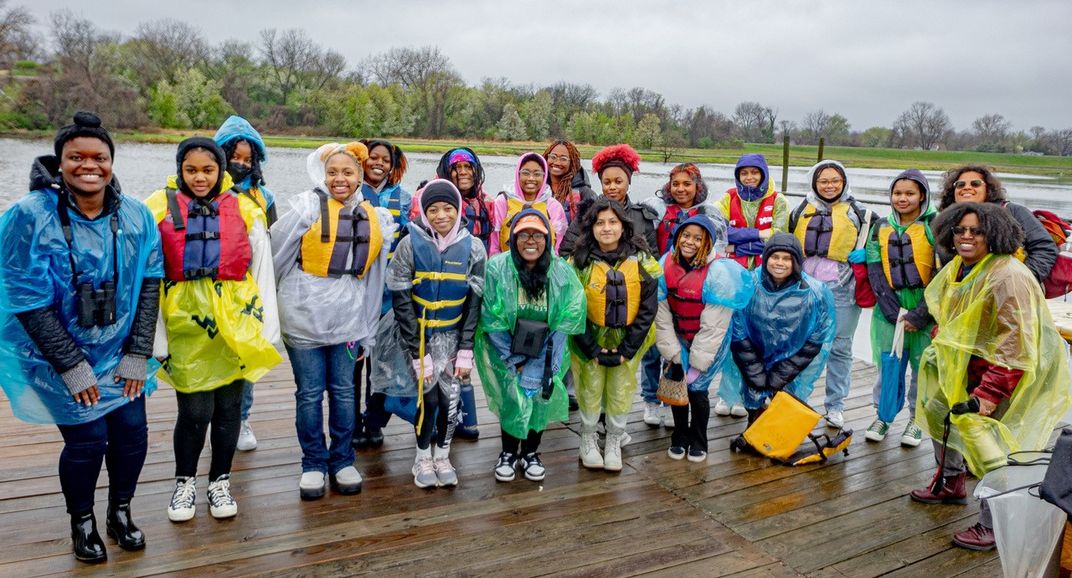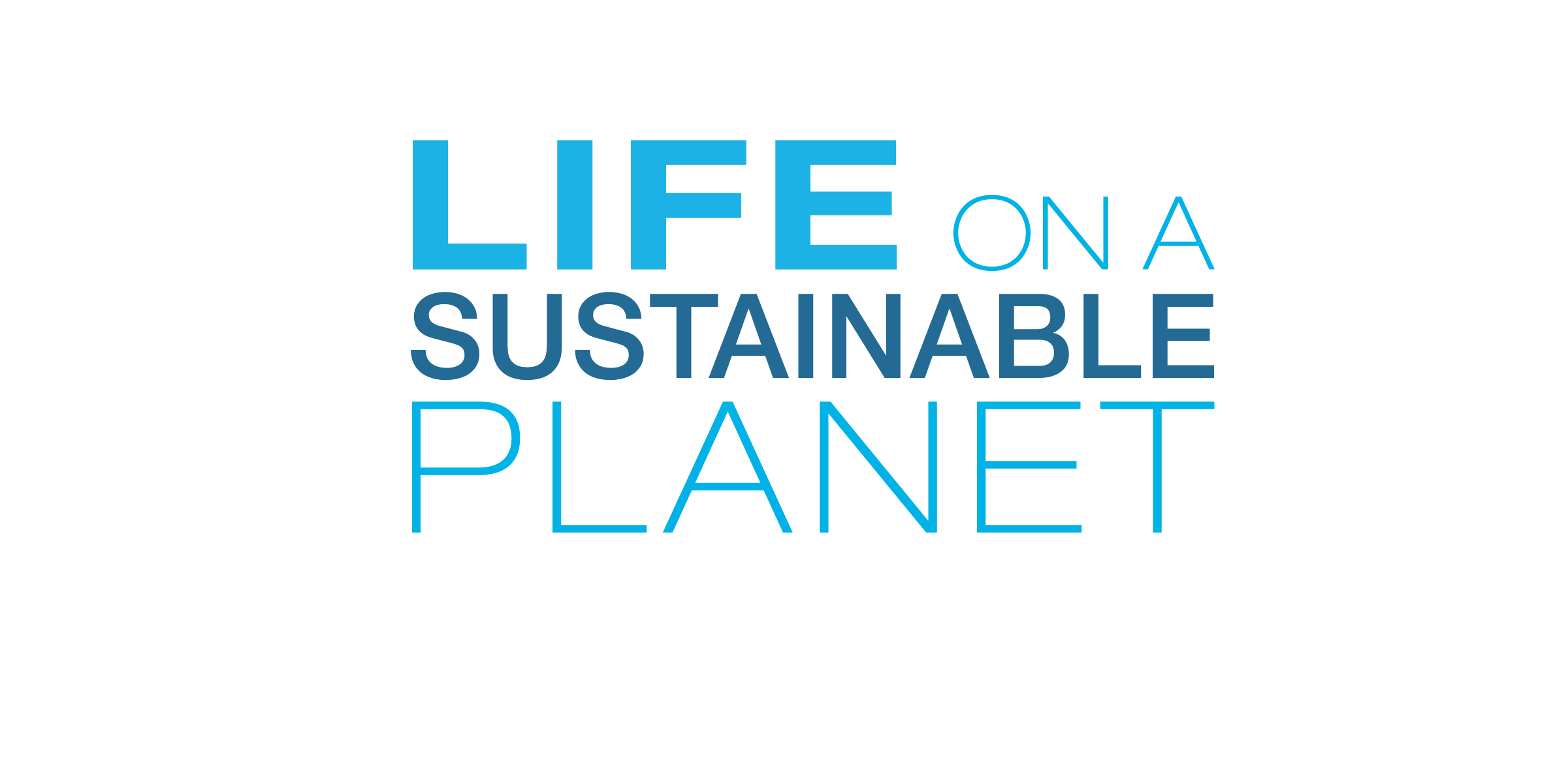Why Environmental Justice is Key to Life on a Sustainable Planet
Studying the history of environmental action can help us create sustainable and equitable solutions for our shared future
/https://tf-cmsv2-smithsonianmag-media.s3.amazonaws.com/blogging/featured/Screenshot_2023-04-20_at_2.53.52_PM.png)
When I look at the environmental challenges facing us, it is easy to get discouraged. But every day, I get re-energized when I see Smithsonian researchers developing solutions to these challenges in forests, grasslands, the oceans, and even cities. Even more importantly, our researchers are partnering with communities all over the world to develop solutions that work for everyone. The disproportionate effects of climate change on historically marginalized communities is why environmental justice is key to the Smithsonian’s new Our Shared Future: Life on a Sustainable Planet initiative.
At the Smithsonian, we use what we learn from the past and the present to bring together diverse groups to hold conversations and create solutions that will bring about a better shared future. Through these conversations, we’ve learned how our communities of color have been impacted by environmental injustice. We’ve learned how a history of inequity and discrimination has caused those with the lowest economic standing to bear the brunt of climate change’s worst effects, and that these communities also are the least equipped to respond. Studies have shown that people of color in the United States are disproportionately exposed to more polluted air and unsafe drinking water, and that Indigenous communities are affected most by warmer temperatures in the Arctic and prolonged droughts in the southwest.
The question then becomes: How do we develop solutions for protecting and restoring nature that work for all people?

This Earth Day, the Smithsonian’s Anacostia Community Museum (ACM) is launching the Center for Environmental Justice, which will focus on empowering communities to create long-lasting and actionable change for a more healthy, equitable, and just environment. This action builds on ACM’s long work with the Anacostia community through their Urban Waterways project – a research and educational initiative which seeks to better understand the ongoing relationships between urban communities and their waterways. The ACM Center for Environmental Justice will learn from the history of the environmental justice movement to help develop inclusive solutions by and for the people most affected by pollution and injustice.
The Center’s flagship Environmental Justice Academy has just welcomed its first cohort of youth of color living in communities along the Anacostia River. The group will explore the intersections of community, justice, and environment with guidance from changemakers involved in the ACM Women’s Environmental Leadership initiative. Around the world, we see youth taking action to ensure a more sustainable future for Earth. ACM’s Environmental Justice Academy hopes to give youth the skills they need to create solutions in their communities.
Across the Smithsonian, whether we are working with Native Nations in Montana to restore wildlife to their lands, or designing living seawalls in San Francisco Bay that both support biodiversity and protect infrastructure, we are co-developing solutions that work for us and our planet. This Earth Day, look around your community, and see how you can be a part of creating equitable solutions for life on a sustainable planet.

